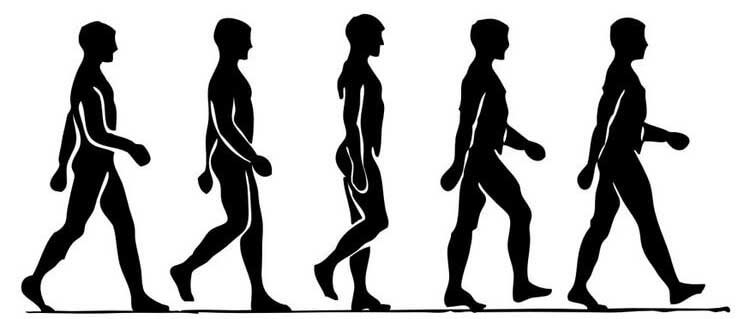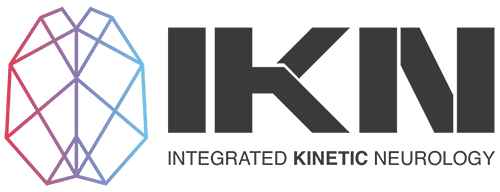
How Can Control of the Limbs Influence the Neck & Trunk?
The Importance of Assessing Upper Extremity Load Capacity
Research Article Here
Humans are complex systems, and human movement in the real world emerges from the interaction between these components in a complex system. We don’t need to cue a child how to walk, but the pattern emerges through self-organization in response to internal and external constraints. We’ve spoken quite a bit in the past about midline control, or “core” control as many like to call it. The importance of eye movement coordination, gaze stability, vestibular load tolerance, rib cage & spinal coordination, and breath coordination are all important components to assess for their load tolerance. But, with movement issues or pain-related complaints around the midline, how many of us consider the limbs? For rib cage, thoracic, neck, or even jaw complaints, how many of us consider the load tolerance of the upper limbs? Does it even have any impact on our midline control? Absolutely.
When observing someone walk, we should see a certain amount of arm swing. The arm swing serves many purposes from a movement efficiency standpoint. As we step forward with our right lower extremity, we’ll often see the left arm swing forward. The neurology underlying this is quite complex, but in order for that left arm to swing forward, there needs to be an UNLOADING of the extensor or anti-gravity muscles of my left arm. The forward movement of my left arm facilitates the rotation of my trunk to the RIGHT in order to fully load and accept weight on my right lower limb. The same movement interaction exists when the left lower limb moves forward with the right arm. This is extremely important in allowing the lower extremity to decelerate the mass of my head, arms, and trunk. That’s a lot of mass to decelerate, so I want my lower limb to be capable of carrying out this task efficiently, especially since gait is a fundamental movement we express as humans.
In the attached study, researchers found that the upper limb acts to dampen out forces that act on our midline and head. Essentially, their movement during gait acts to reduce the amount of stress or excessive movement of our torso, neck, and head. This is fascinating, because it’s something that we started out doing as kids, and it helped to distribute load more evenly across our system, without any cueing needed. It helps to reduce the displacement of the head so I can maintain my eyes on the horizon. It helps to dampen stress through the midline so we don’t feel as though we need to consciously tighten our “core.” It allows us to load our lower extremity which the research shows possesses joints that have the fastest communication tracts with the cerebellum (our coordination center). There’s so many reasons to get our upper limbs more effective at dampening and distributing load well, especially for midline and neck complaints. Allowing/training the upper limbs to unload their anti-gravity function is something that’s not addressed enough. We’re too quick to throw rotator cuff exercises at clients. There’s a reason it doesn’t feel nice to have someone poke into your rotator cuff, and it’s probably because it’s doing too much. The first step is shifting our focus and observing how everything cooperates, because when you can, your rehab approach will completely change for the better.
The key points from this insight are to not forget about the force/dampening qualities of our limbs during human movement. Their load tolerance has a huge impact on the movement capacity of our midline, but we’re oftentimes too quick to throw exercises at the area where it hurts, instead of just stepping back and assessing things first. We teach a very simple approach to assessing these components of movement, simple assessments that you can perform quickly in a busy clinic to be unique with each client. Don’t just treat them as every other client with the same complaint, but appreciate their uniqueness.
Assessment Tip
Take 1 minute to observe your clients gait. Firstly, are they allowing their upper limbs to swing forward, or does it seem they hang quite stiff by the side? Is there one that’s moving more than the other? Don’t get too caught up in what this means, but simply put, it may be a reflection that their nervous system does not want to let go of the anti-gravity muscles on the posterior side of the body, particularly around the posterior shoulder if you notice reduced arm swing. Picking up on this early on in rehab can help to quickly point towards specific exercises to help share and redistribute the load, helping facilitate more robust movement throughout the upper limbs and midline. Come and check out a course to learn more!

Great content! Super high-quality! Keep it up! 🙂
Its like you read my mind! You seem to know so much about this, like you wrote the book in it or something. I think that you could do with some pics to drive the message home a little bit, but instead of that, this is wonderful blog. An excellent read. I will certainly be back.